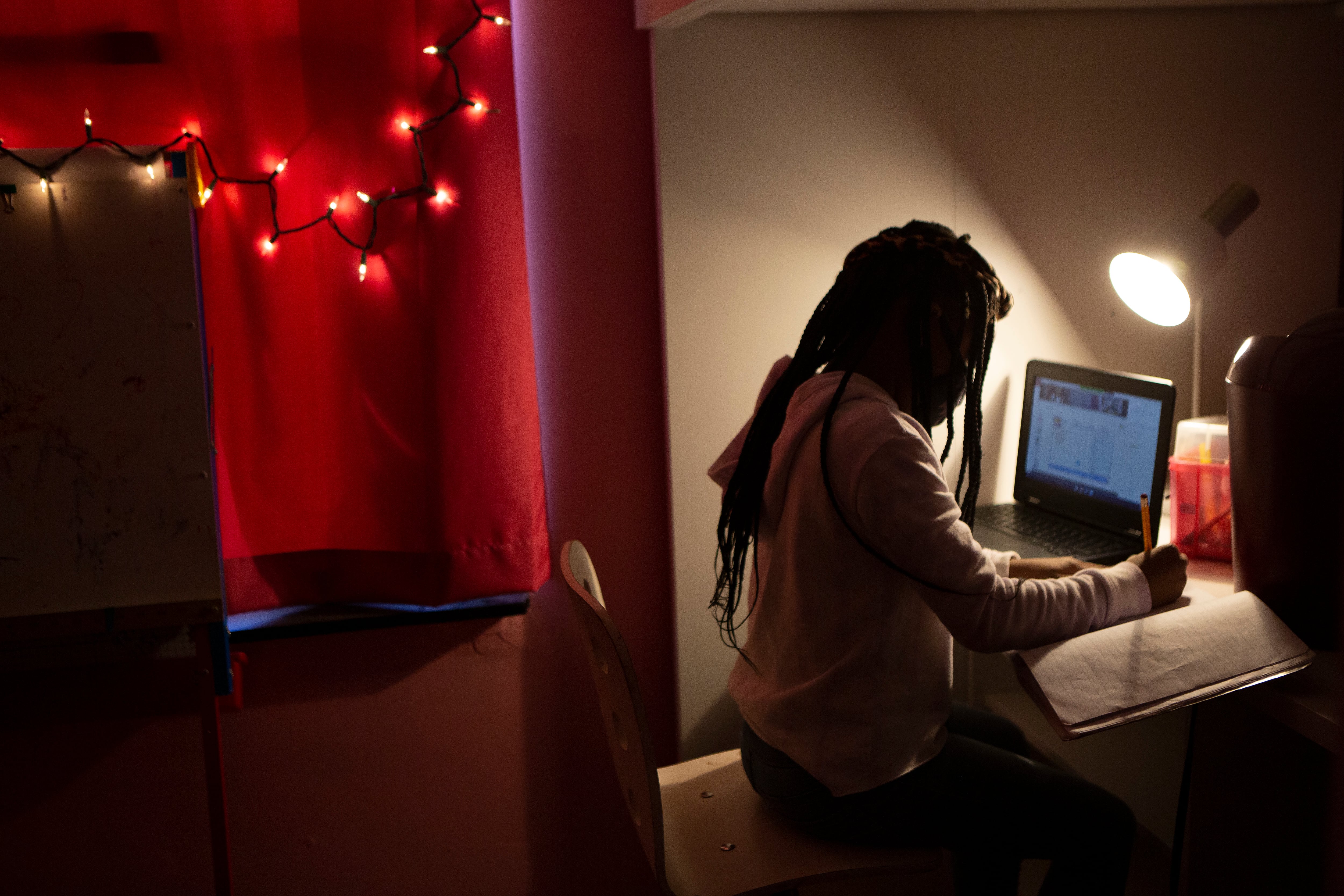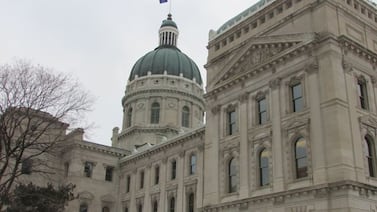Over the last month, positive COVID cases among Newark public school students more than tripled — with the highest spike of 321 cases seen in the days before winter break, according to figures the district shared this week.
The state’s largest school district went from having only four classes doing remote instruction as of Dec. 15 to 90 classes on a fully remote plan less than a week later. The shift came ahead of the winter break that was rescheduled to start a day earlier due to the increase in COVID positive cases in the district.
“Had it not been for the winter break, there would be entire schools shutting down,” said John Abeigon, the teachers union president, on Dec. 22.
Some districts in New Jersey, including Irvington and Paterson, have already announced they would not return to in-person classes after the holiday recess. Irvington, which neighbors Newark, plans to do remote instruction through Jan. 10. Paterson said it would keep students remote for the first two weeks of January.
But Superintendent Roger León said at a school board meeting on Dec. 21 that he hopes not to move in that direction after break. Gov. Phil Murphy also said this week that state officials would try to keep students in person.
“We’re hoping not to go into remote instruction in January,” León said at the meeting.
Still, students, families, and staff were told in a letter from the district on Dec. 20 to prepare for the possibility of going remote should high COVID positive cases warrant that shift.
Newark health department director Dr. Mark Wade strongly advised city schools go remote in light of recent data that showed half of new COVID cases in the city were from school-aged children. The recommendation came the Wednesday before break during a coronavirus update on Facebook with Mayor Ras Baraka.
“We do seriously have to look at going back to remote learning and minimizing the interaction that kids have — to protect them and to protect the rest of the family, particularly our elderly and those of us with underlying chronic conditions,” Wade said.
During the winter break, district officials said there would be deep cleaning throughout the 60-plus school buildings and teachers would be asked to present negative tests before returning in January.
Here’s what else we know:
How bad are COVID cases in the district?
Since July 1, there have been 750 positive COVID cases among students, with the overwhelming majority of those recorded after Nov. 23, León said. Prior to Thanksgiving, the district had less than 200 positive cases among students, he said.
Between Dec. 15 and Dec. 21, there were around 321 cases reported among students, according to data shared by the district in emails.
Among staff members, 507 have tested positive this school year and a similar increase was seen after the November holiday break. León noted that 578 positives were recorded among staff during the first 15 months of the pandemic, while the latest figure is just from the last five months.
“We must remain vigilant in all of our efforts,” he said. “I cannot stress it enough — vaccinate, get the booster if it’s your time to do so, wear a mask, wash your hands, and practice social distancing.”
In Newark, 56% of children ages 12-17 are fully vaccinated, according to the state’s dashboard.
Are schools testing students and staff?
Though it took weeks after the first day of school to implement weekly COVID testing, district and union officials said testing is now in full swing at all district schools for staff and for students whose families have completed consent forms.
In October, only about 9,000 students — or 24% of the student body — had opted in to get tested. As of Dec. 21, more than 12,000 students had opted in, León said at the school board meeting. That number is still fairly low considering there are more than 37,000 students in the district.
Board co-vice president Vereliz Santana asked the district to find ways to incentivize families to fill out the consent forms for testing and to post regular reminders.
“I’m really honing in on the testing piece because we know the omicron [variant] is spreading and COVID testing is a critical piece in terms of containment,” she said at the board meeting Dec. 21.
Some parents say, however, that despite submitting consent forms, there has not been consistent testing of their children. District officials said parents should reach out to their child’s homeroom teacher or school principal to make sure testing is going on.
Prior to returning to classroom January, teachers will need to get tested.
“We need testing during the holiday,” Abeigon said. “We need to know what’s going on in terms of staff numbers, how many are testing positive and how many are close contacts. That will determine whether we can open up a school or a district.”
District officials said some schools might pivot to remote instruction, while the rest of the district remains in-person and that these decisions would be made on a classroom or school basis.
Recently, state officials said they were considering piloting a “test to stay” program that would allow close contacts to test negative and avoid quarantining. León said he was also considering that for the district.
“The test to stay option is something that we don’t have in play but we will definitely be looking at that very carefully,” León said.
What happens if schools go remote?
Staff and teachers reached out to families to make sure they had internet access and urged students to take home district-provided devices prior to the break. They also made sure links and virtual classroom codes were working, Abeigon said.
Virtual instruction would be synchronous and students will be marked present for a full day “if they participate in all of the synchronous, live learning periods scheduled for that school day,” the district’s amended remote instruction plan states.
León said he confirmed with the city that learning pods would reopen for children whose parents have to go to work while they’re remote learning, similar to the ones that were opened throughout the city last year.
“If the entire district is to go remote, we will open meal distribution sites at the same locations from last school year,” León said. That information would be posted on the district website, he added.
After schools shut down in March of 2020, the district opened food distribution sites throughout the city for families of students to pick up grab-and-go meals.
Any decisions about pivoting to remote instruction would be communicated to parents and posted on the district or school’s website, León said.






